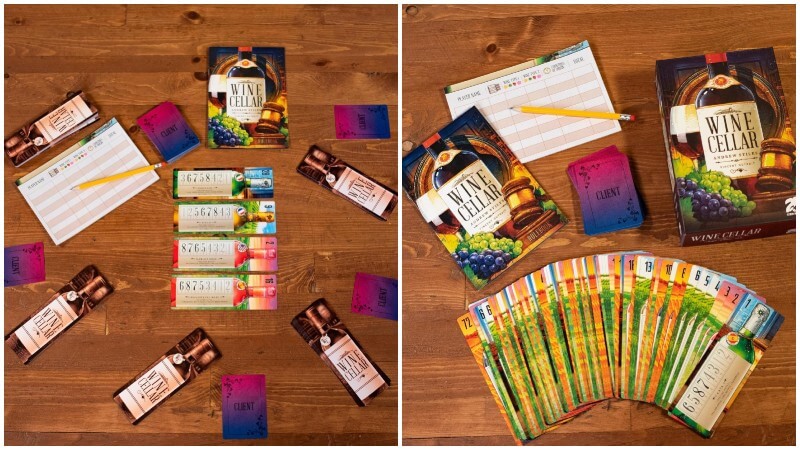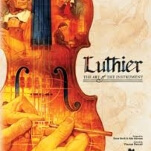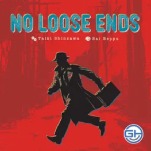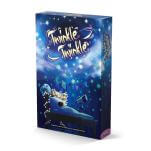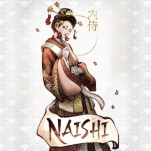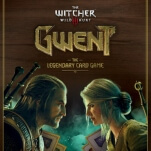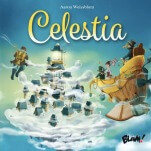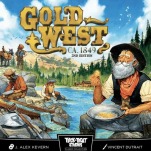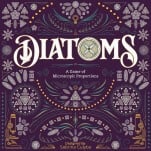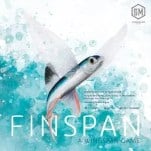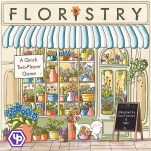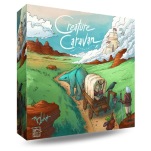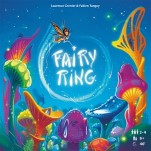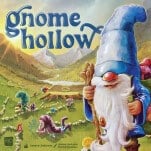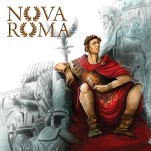Wine Cellar Is a Well-Balanced Board Game with a Short Finish
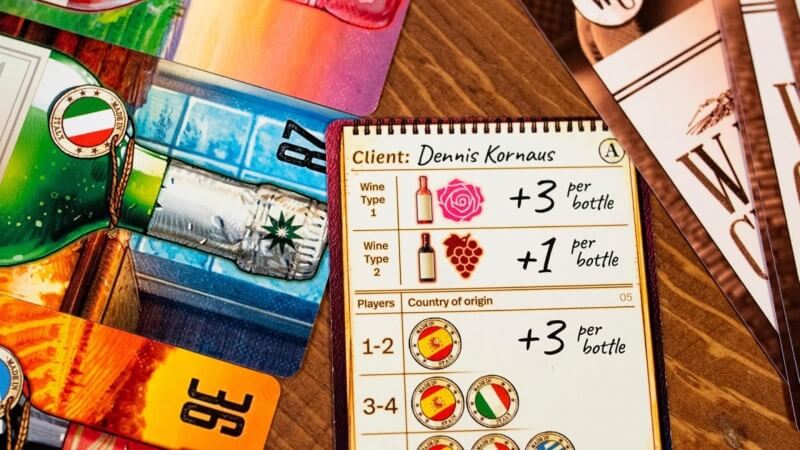
Games that play more than five people comfortably are hard to find, outside of party games and some very scalable roll- or flip-and-writes like Welcome To. It’s difficult to design a game that will play as well with three as it will with seven or eight, but that makes this an underserved niche in the tabletop market.
Wine Cellar is the first commercial release of a game that was originally published online in 2021 as the one- or two-player game Wine Cellar’d, and now plays up to eight people, scaling easily by player count just by cutting the size of the deck. It’s also an extremely easy game to teach, as each turn involves a simple auction and there are only three ways to score at game-end.
In Wine Cellar, players are sommeliers trying to select eight bottles of wine to please their clients and score the most points. Wine bottle cards show a series of eight numbers, one through eight, in different orders, representing how many points that bottle is worth based on the round when it’s purchased—so the same bottle could be worth eight points in round round, five points in round eight, but only one point in round four. Each bottle also has a wine type shown at the top of the bottle and a country of origin, as well as a number at the top left that is unique in the deck and serves as the card’s bid value in the auction.
Players begin with hands of eight cards that represent all of the bidding cards they’ll get in the game. They also start by choosing one of two client cards, which shows which countries of origin their client favors and which two wine types they prefer. Any bottle matching the desired countries is worth three extra points; the values for wine types vary, with some worth as much as six points per bottle and others just one point. (The Kickstarter version included nine additional client cards, some of which offered unusual scoring combinations, such as a card with no wine type preferences but six point bonuses for favored countries.)
-

-

-

-

-

-

-

-

-

-

-

-

-

-

-

-

-

-

-

-

-

-

-

-

-

-

-

-

